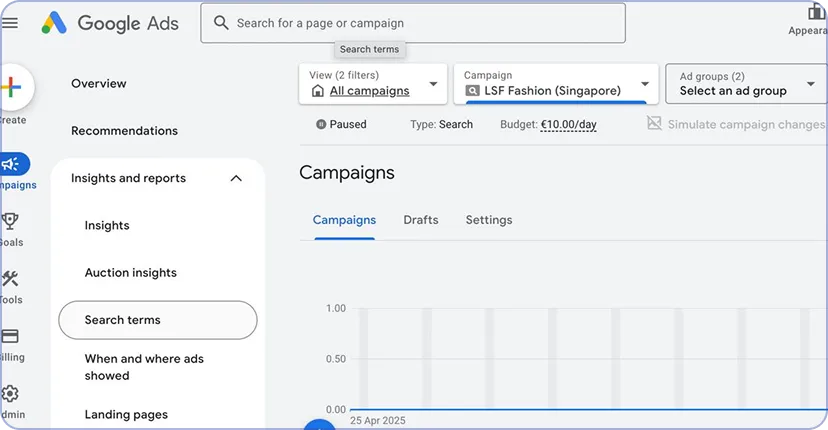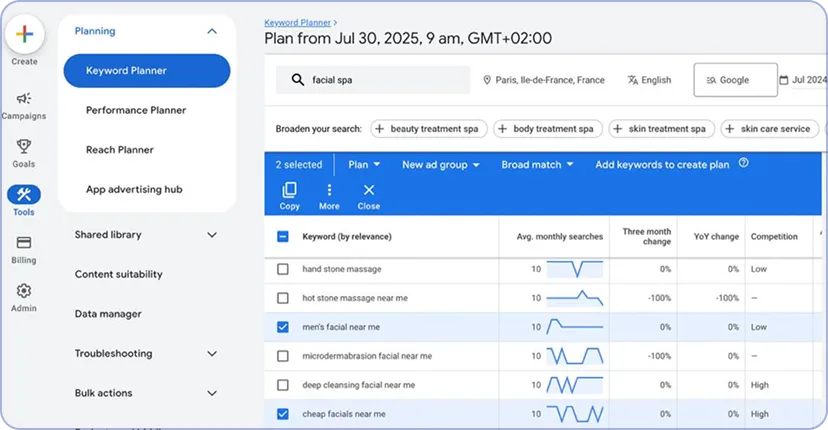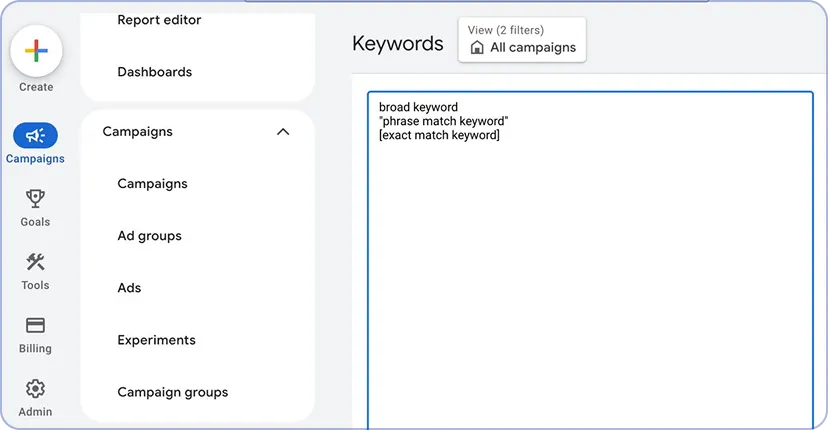If you're running Google Ads campaigns and not using a negative keyword list properly, you're likely throwing away a huge chunk of your budget.
In this article, we’ll walk through how to build an effective negative keyword list and why it’s essential. We will also show you two simple methods to uncover the terms you don’t want your ads to show for.
Why Negative Keywords Matter
Negative keywords are words or phrases that prevent your ads from showing to irrelevant users. For example, if you sell high-end furniture, you probably don’t want to appear for searches like “free sofa” or “cheap secondhand couch.” These clicks don’t convert—and worse, they cost you money.
Daily management of negative keywords are one of the most important parts of any Google Ads campaign.
A poor list can lead to:
- Clicks from the wrong audience
- Higher cost per conversion
- Wasted budget (30%–70% isn’t uncommon)
2 Ways to discover and add negative keywords in Google Ads
Method 1: Use the Search Terms Report
Method 1: Use the Search Terms Report
Step-by-step:
- Go to your Google Ads account.
- Navigate to your campaign → “Insights and Reports” → “Search Terms.”
- Look through the queries that triggered your ads.
- Ask: Is this a qualified lead? Would I want to pay for this click again?
- If not, add it to your negative keyword list.

Method 2: Use the Google Keyword Planner proactively
When researching keywords in the Google Keyword Planner, don’t just look for what to target. Look for what to avoid.
Let’s say you own a high-end facial spa for women. If the Google Keyword Planner suggests terms like “DIY facials at home”, “cheap facial spa”, or “men’s facial”, you might want to exclude them—especially if your goal is to attract clients looking for professional, in-clinic treatments.

Match types for negative keywords
Just like regular keywords, negative keywords come with match types:
- Broad match (less precise)
- Phrase match
- Exact match (most specific)

Example: Adding [free] (exact match) will only block searches that include exactly "free". Using "free" (phrase match) will block searches containing that word in any order.
Use match types strategically based on your industry, search volume, and budget.
Common negative keywords most advertisers should add
These depend on your business, but common examples include:
- Free
- Cheap / Cheapest
- Used / Secondhand
- Job / Careers
- DIY / Tutorial
Also consider excluding brand names of competitors if you don’t want those clicks—unless you're running a direct comparison campaign.
Final Tip: Tighten First, Then Open Up
When in doubt, be too restrictive at the beginning. It’s much easier to remove negative keywords later than to claw back wasted budget.
You may end up with a longer negative keyword list than your actual keyword list—and that’s completely okay. That’s often a sign you’re doing it right.




.png)
.png)

.png)

.webp)
.webp)
.webp)
